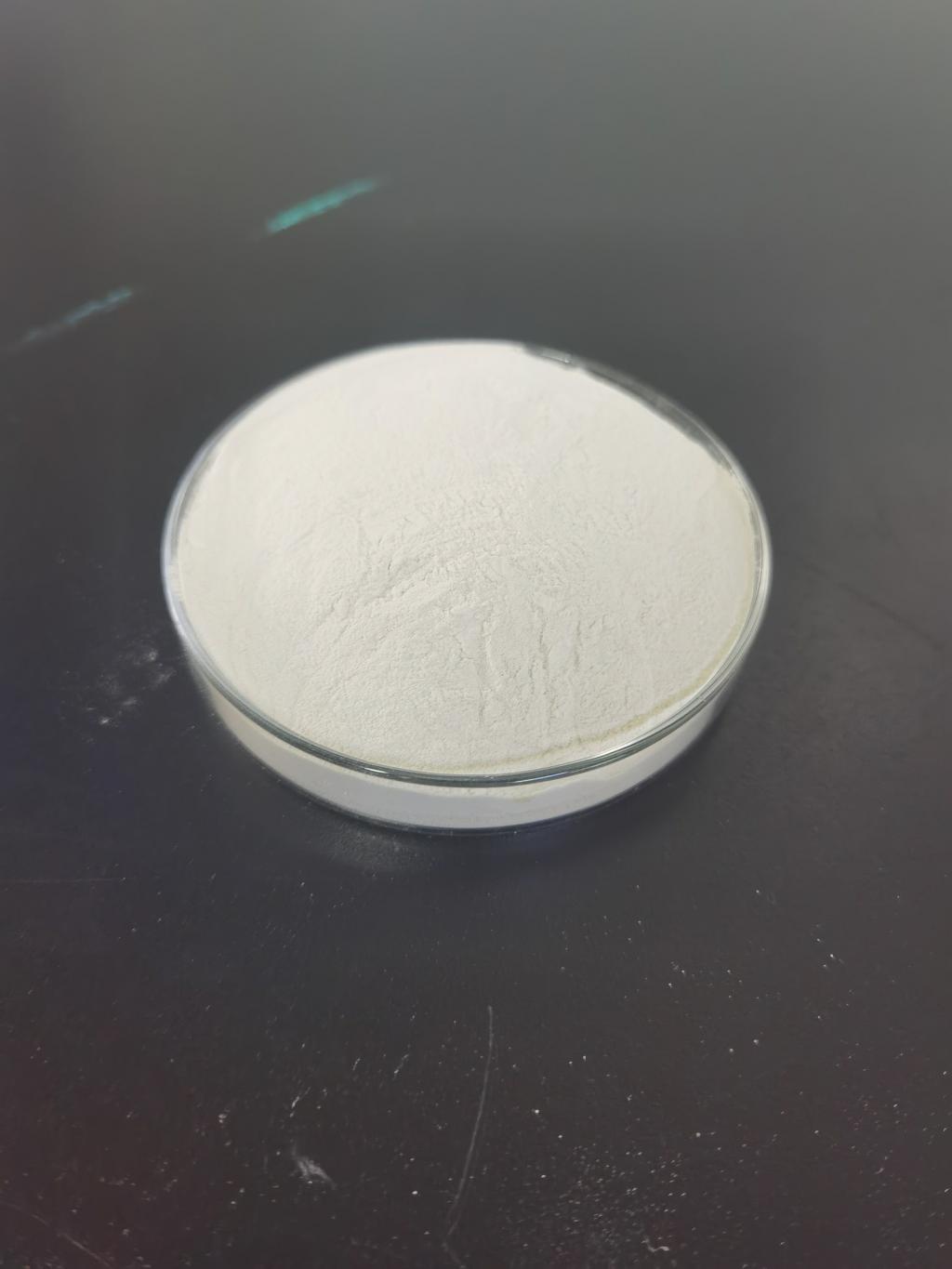Tel:+8618231198596

News
 CONTACT
CONTACT
 CONTACT
CONTACT
- Linkman:Linda Yao
- Tel: +8618231198596
- Email:linda.yao@dcpharma.cn
- Linkman:CHARLES.WANG
- Department:Overseas
- Tel: 0086 0311-85537378 0086 0311-85539701
News
Nisin vs. Traditional Preservatives: A Comparative Analysis
TIME:2024-01-11
1. Introduction:
Preservation of food is a critical aspect of the food industry, ensuring that products remain safe and palatable for consumers. Traditional preservatives, such as chemical additives and synthetic agents, have been the go-to solutions for many years. However, growing concerns about the long-term health effects of these additives have prompted researchers to explore alternatives. Nisin, a natural antimicrobial peptide produced by certain bacteria, has gained attention for its potential as a safer and more sustainable preservative.
2. Nisin: A Natural Alternative:
Nisin Origin and Properties:
Nisin is a polycyclic antimicrobial peptide that is produced by strains of the bacterium Lactococcus lactis. Its natural origin makes it an attractive alternative to synthetic preservatives. Nisin exhibits strong antimicrobial activity against a broad spectrum of bacteria, particularly against Gram-positive bacteria.
Mechanism of Action:
Understanding the mechanism of action is crucial in evaluating the effectiveness of preservatives. Nisin acts by disrupting the cell membranes of target bacteria, leading to cell death. This mechanism is different from traditional preservatives, which often interfere with cellular processes or inhibit microbial growth through chemical means.
3. Traditional Preservatives:
Common Types:
Traditional preservatives encompass a wide range of chemical additives, including but not limited to antioxidants, antimicrobials, and mold inhibitors. Common examples include sodium benzoate, sorbic acid, and sulfur dioxide. These chemicals work by preventing the growth of bacteria, yeast, and molds, thereby extending the shelf life of various food products.
Concerns and Controversies:
Despite their widespread use, traditional preservatives have faced criticism due to potential health risks. Some studies have raised concerns about the long-term effects of certain chemical preservatives on human health, including allergic reactions and links to chronic diseases. This has led to increased scrutiny and a demand for safer alternatives.
4. Comparative Analysis:
Efficacy:
One of the primary considerations in evaluating preservatives is their efficacy in preventing spoilage and maintaining food quality. Studies have shown that nisin is effective against a broad range of microorganisms, including bacteria responsible for foodborne illnesses. However, the efficacy of nisin may vary depending on factors such as pH, temperature, and the specific food matrix.
Traditional preservatives, while effective, may have limitations in terms of the spectrum of microorganisms they target. Some microorganisms may develop resistance to certain chemical preservatives over time, potentially compromising their efficacy.
Safety:
Safety is a paramount concern when it comes to food additives. Nisin, being a natural peptide, is generally considered safe for consumption. Extensive research has been conducted on its safety profile, and regulatory authorities, such as the U.S. Food and Drug Administration (FDA) and the European Food Safety Authority (EFSA), have established acceptable daily intake levels for nisin.
On the other hand, traditional preservatives have been associated with various health concerns. For instance, sodium benzoate may form benzene, a known carcinogen, under certain conditions. The potential health risks associated with long-term exposure to synthetic preservatives have raised alarms among health-conscious consumers.
Sustainability:
The environmental impact of preservatives is another aspect to consider. Nisin, being a naturally occurring substance, is considered more environmentally friendly compared to some traditional preservatives. The production of nisin by fermentation processes using bacteria can be more sustainable than the synthesis of chemical preservatives.
5. Impact on Food Quality:
Texture and Flavor:
Preservatives can influence the sensory attributes of food products. Nisin, when used within recommended levels, has been found to have minimal impact on the texture and flavor of food items. Traditional preservatives, especially in higher concentrations, may alter the taste and texture of certain products, leading to consumer dissatisfaction.
Color and Nutritional Value:
Nisin has demonstrated less impact on the color stability of food products compared to some traditional preservatives. Additionally, the minimal processing involved in its production contributes to the retention of nutritional value in treated foods. Traditional preservatives, on the other hand, may affect the color and nutritional content of certain items.
6. Regulatory Landscape:
The regulatory approval process for food additives varies globally. Nisin has received approvals from regulatory bodies in many countries, including the FDA and EFSA. Compliance with regulatory standards is essential for the acceptance and widespread use of any preservative.
Traditional preservatives, having a longer history of use, generally have established regulatory frameworks. However, ongoing research and changing consumer preferences may lead to revisions in regulations, influencing the future landscape of food preservation.
7. Future Perspectives:
As the demand for safer and more sustainable food preservation methods grows, the use of nisin and other natural preservatives is likely to increase. Future research may focus on optimizing production methods, exploring novel applications, and addressing any remaining concerns about the efficacy and safety of natural preservatives.
8. Conclusion:
In conclusion, the comparative analysis of nisin and traditional preservatives reveals that nisin holds promise as a natural and effective alternative. Its broad-spectrum antimicrobial activity, safety profile, and minimal impact on food quality make it an attractive option for the food industry. While traditional preservatives have served their purpose for decades, the increasing emphasis on health and sustainability is steering the industry towards exploring and adopting natural alternatives like nisin.
As research in this field continues, it is essential to strike a balance between food safety, quality, and consumer preferences. The transition from traditional preservatives to natural alternatives represents a positive step towards creating a more sustainable and health-conscious food industry.
- Tel:+8618231198596
- Whatsapp:18231198596
- Chat With Skype







